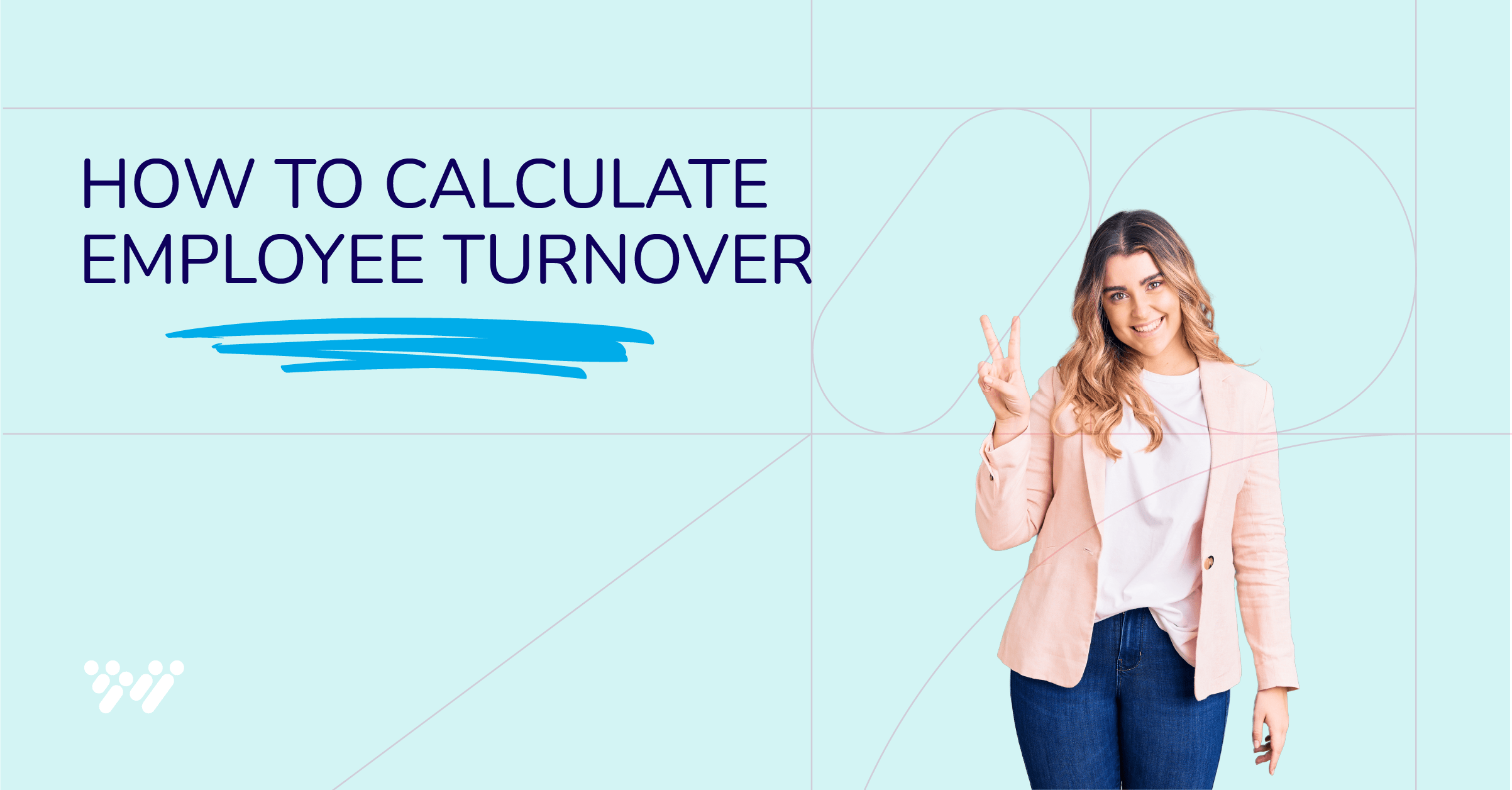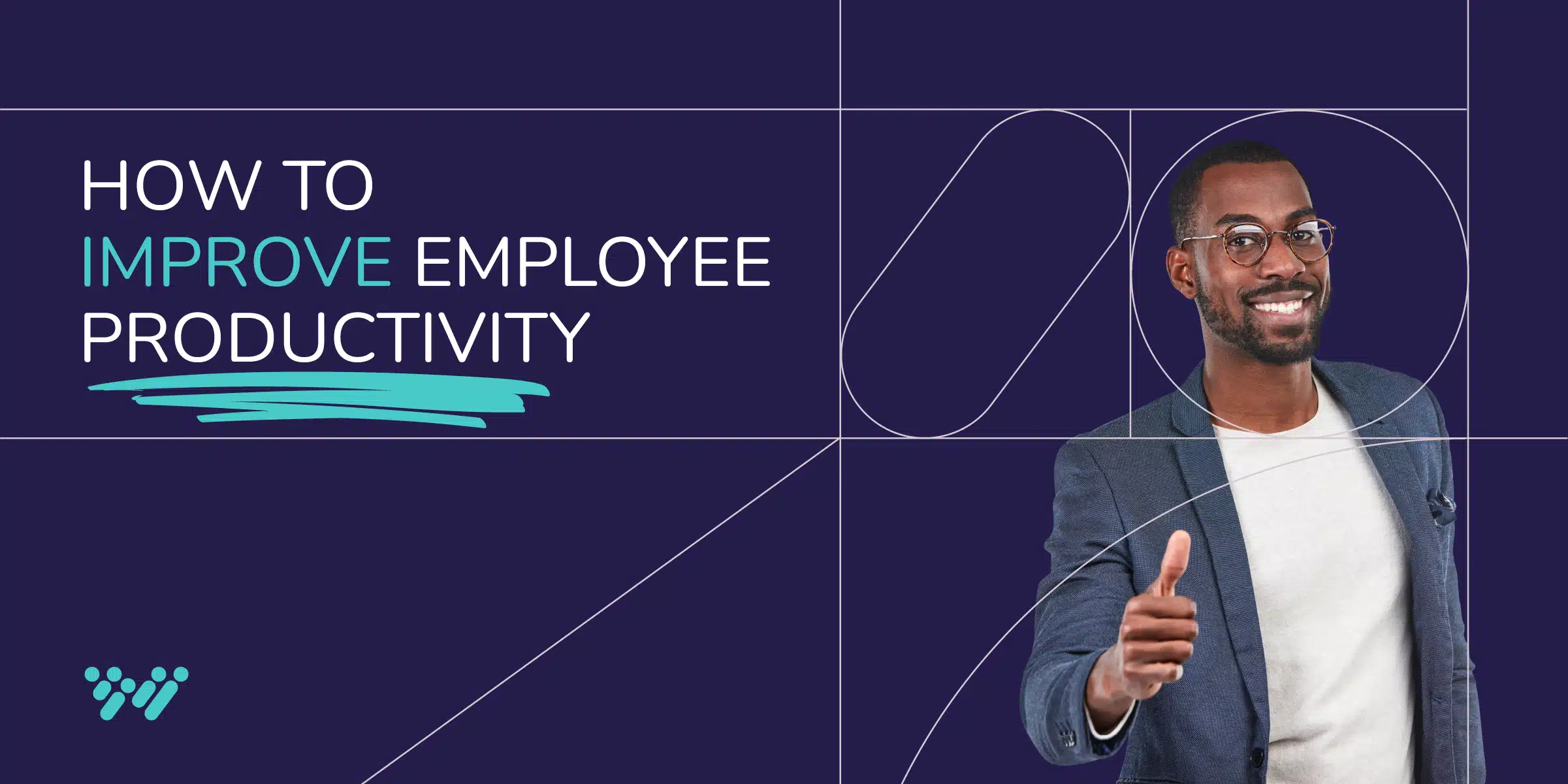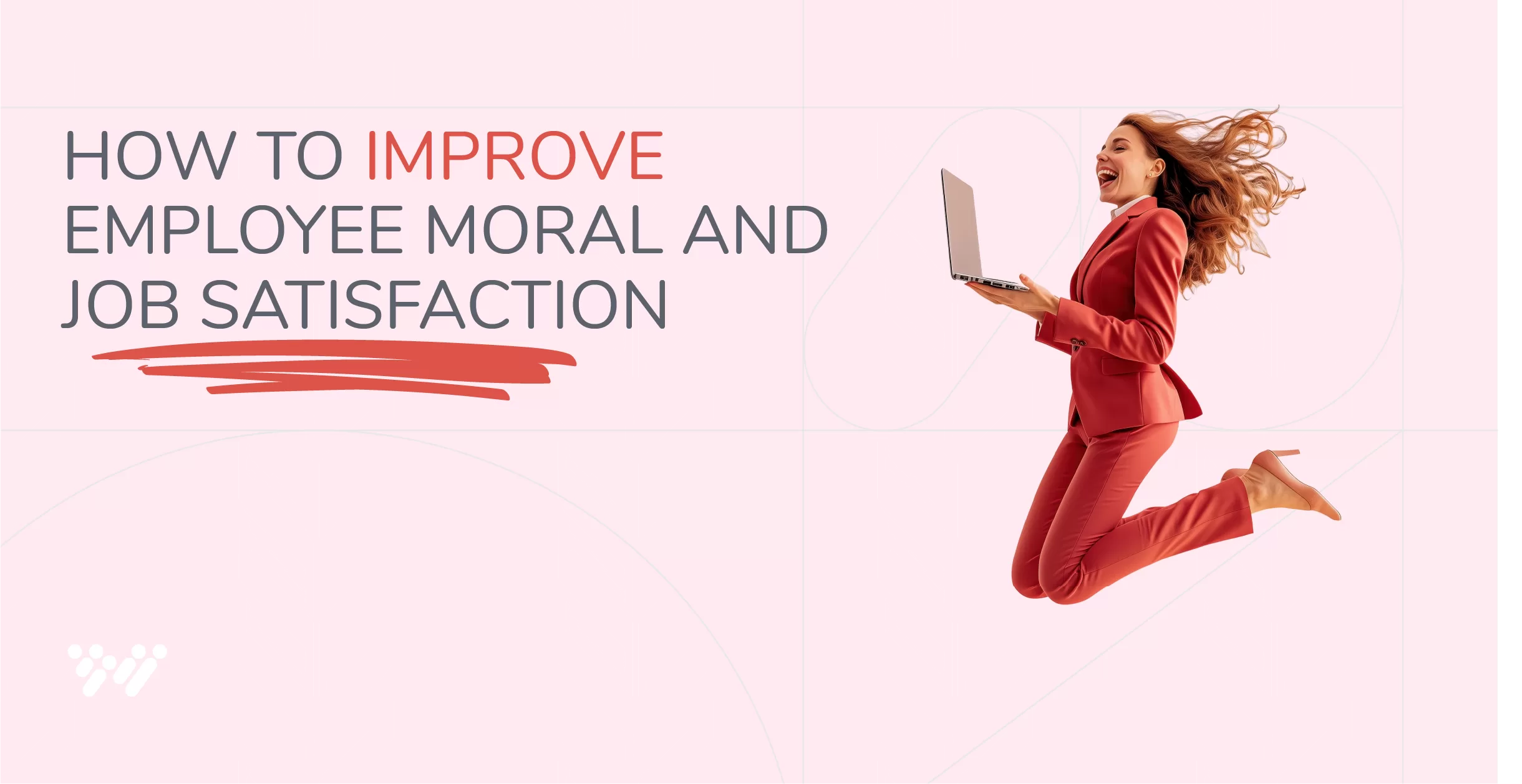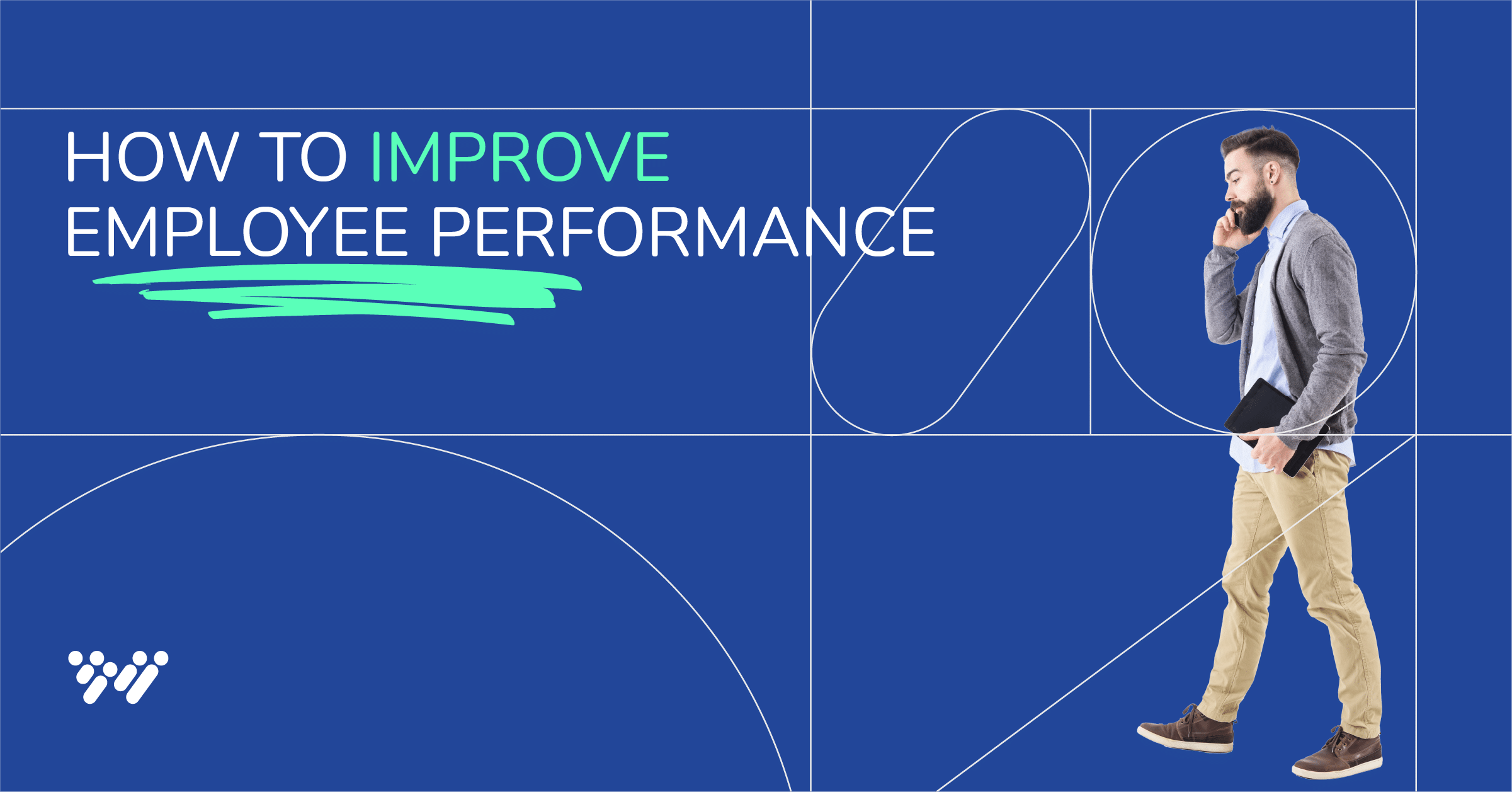It seems like our news and social media feeds are increasingly filled with news about layoffs, especially in certain industries. One can’t help but wonder if all of this restructuring will have consequences. Understanding how to calculate employee turnover can provide insights into these trends. One of the most visible instances of turnover that led to the eventual demise of a massive US electronics retail company happened in 2007. Circuit City tried to save money by laying off thousands of experienced sales employees, but that decision backfired.
After the layoffs, employee morale tanked, and the less experienced sales staff delivered a subpar customer experience. Just one year later, Circuit City filed for bankruptcy.
High turnover — whether voluntary or involuntary — not only disrupts work and lowers team morale but also incurs significant costs due to repeat hiring, lost institutional knowledge, and lengthy onboarding processes.
With one in three US employers anticipating higher turnover in 2024, businesses must do what they can to understand why employees are leaving and take proactive steps to create a thriving workplace.
In this guide, we explore:
Table of contents
What Is Employee Turnover?
Employee turnover is the percentage of employees who leave your organization over a given period, such as a quarter or year. Typically shown as a percentage, employee turnover includes all employees who leave, whether due to termination, retirement, resignation, or redundancy. Employee turnover can offer important insights into workplace culture, training effectiveness, and employee satisfaction.
How To Calculate Employee Turnover Rate
How to calculate monthly employee turnover rate
One standard method for calculating employee turnover involves dividing the number of employees who leave during a specific period by the average number of employees during that same period, then multiplying by 100.
To do this, you need three pieces of information.
- Number of employees at the start of the period
- Number of employees at the end of the period
- Total number of employee separations that occurred during that period
Let’s consider a retail company with 200 employees to calculate a monthly employee turnover rate. In June, four employees left the company. The formula is (number of employees who left in a month / Average number of employees in a month) x 100 = Monthly employee turnover rate. This gives you the following equation: (4 / 200) x 100 = 2%. This means that in June, the company had a 2% employee turnover rate.
Pro tip: If your turnover rate is very low, consider sharing this metric in future job ads to show that you have a stable and happy workplace.
How to calculate annual employee turnover rate
To work out an annual employee turnover rate:
- Identify how many employees left the company in a given year.
- Add the number of employees at the beginning of the year to the number at the end of the year, then divide by 2.
- Divide the number of employees who left during the year by the number calculated in step two.
- Multiply the total by 100.
For instance, if a company began the year with 100 employees, ended with 102, and had 30 employees leave during that period, the turnover rate would be calculated as follows: {30 / [(100 + 102) / 2]} x 100 = 29.7%
How to calculate voluntary vs. involuntary turnover rate
To calculate voluntary vs. involuntary turnover rate, start with calculating the voluntary turnover rate.
- Identify the number of voluntary separations.
- Divide that number by the average number of employees.
- Multiply the total by 100.
For a company with nine voluntary separations and an average of 100 employees, the voluntary turnover rate would be calculated as follows. (9/100) x 100 = 9%
To calculate involuntary turnover rate:
- Identify the number of involuntary separations.
- Divide that number by the average number of employees.
- Multiply the total by 100.
For a company with three involuntary separations and an average of 100 employees, the involuntary turnover rate would be calculated as follows. (3/100) x 100 = 3%
Dont forget! You can compare and contrast the two to see which may be higher or lower.
How to calculate new hire turnover rate
New hire turnover rate measures the percentage of new hires who leave within a specific period (usually a year).
To calculate new hire turnover rate:
- Identify the number of new hires who left in a given time period.
- Divide that number by the total number of new hires.
- Multiply the total by 100.
If you had 15 new hires and 5 of them left, the new hire turnover rate would be calculated as follows: (5/15) x 100 = 33%
How to calculate turnover cost
The total turnover cost has many contributing factors, so it’s hard to pinpoint an exact number; however, there are certain hard numbers you can add together to get an estimate of how much turnover is costing you. These identifiable expenses include:
- Separation costs: Expenses related to an employee leaving — voluntarily or involuntarily. These include any severance packages and administrative tasks.
- Vacancy costs: Also known as the opportunity cost, these are the expenses that come from lost productivity and the impact on remaining employees, whether that’s overtime pay or more vacation days due to overwork.
- Replacement costs: These are the expenses associated with finding, hiring, and training a replacement.
You can calculate turnover cost by adding each of these numbers together. The formula is as follows:
Turnover cost = Separation costs + Vacancy costs + Replacement costs
However, keep in mind that turnover often has a much wider impact. Often, turnover can have a snowball effect. After a large restructuring, remaining employees may feel disgruntled after watching their friends and colleagues get let go. In turn, they may stop being as productive and start looking for work elsewhere. There are always intangible costs associated with the effect culture, lost institutional knowledge, and more.
A final note of caution:
Your turnover rates are only as accurate as the data used in your calculations. Without reliable data, any analyses or decisions based on these rates may be flawed. However you choose to calculate turnover, HR plays a key role in calculating — and improving — important turnover metrics by analyzing data on employee departures and identifying important trends and reasons behind employee departures. With that in mind, it’s hardly surprising that 82% of global leaders agree that HR is more crucial than ever for driving business success.
What Is a Good Employee Turnover Rate?
While there are standard turnover rates, what makes a “good” rate depends on multiple factors, such as the economy your industry, and your company size. By examining the Bureau of Labor Statistics data from 2020 to 2023, you can gauge average employee turnover across industries by year:
- 2020: 57%
- 2021: 47%
- 2022: 47%
- 2023: 41%
In 2020, turnover rates skyrocketed. The pandemic caused employees to quit, and many companies shifted to remote work. Turnover rates have been steadily decreasing ever since. You can use these broad averages as a benchmark, but the true average will vary by industry.
For example, industries like retail or hospitality have higher turnover rates, likely due to seasonal work patterns and the many entry-level positions offered. Some employees may only work part of the year or see these jobs as stepping stones and leave for better-paying, more stable roles.
Turnover Rate by Company Size
You can also view the turnover rate in terms of your company size. According to data from the BLS, monthly turnover was approximately as follows for companies of these sizes in 2024:
- 1-9 employees: 3.7 employees
- 10-49 employees: 4.1 employees
- 50-249 employees: 4.2 employees
- 250-999 employees: 3.7 employees
- 1,000-4,999 employees: 3.0 employees/month
- 5,000 or more employees: 1.4 employees/month
You can compare your calculated turnover rates with relevant benchmarks by gauging employee turnover rates across industries and tapping into data from the Bureau of Labor Statistics for deeper insights.
Reasons Behind Employee Turnover
Many factors can impact employee turnover, including:
Cultural mismatch
Gallup found that highly engaged teams can see a 59% reduction in turnover rates. When employees realize they don’t fit in with an organization’s culture or values, they can feel out of place or unable to connect with the company. Often, they seek employment elsewhere, where they may feel more appreciated or more in sync with the workplace environment.
Bad hiring practices
Poor communication, lengthy feedback periods, and untrained hiring managers and interviewers can lead to a bad candidate experience. Since 30% of new hires leave within 90 days, usually for avoidable reasons, well-organized hiring practices, such as structured interviews and onboarding programs, help keep 58% of employees for three years.
Lack of career development opportunities
When employees see limited opportunities for career growth and advancement, they may become frustrated and seek other opportunities. Without clear paths for career progression — and the tools to develop professionally — employees are more likely to feel stuck and unfulfilled.
While dealing with high turnover, Duracell found that new hires lacked motivation and struggled to learn, leading Duracell to search for a better screening process. Using Wonderlic’s pre-hire assessment, the brand discovered candidates with a higher aptitude for the roles they were hiring for and a greater ability to learn on the job, dramatically cutting turnover costs.
Learn more about how Duracell boosted employee retention by 400%.
Workplace conflict
A study by ReWage estimates that 9.7 million UK employees experience workplace conflict each year, affecting over one in three workers. The same study calculated that 485,800 employees resign each year due to conflict.
No one wants to work in a toxic environment. Conflicts with coworkers, managers, and leaders can create an unhealthy workplace and drive employees to seek employment elsewhere. Tensions about uneven workloads or perceived favoritism can also affect productivity and morale and drive employees to leave for a more fair and equitable work environment.
Poor compensation or benefits
Low wages and a lack of employee benefits can lead to dissatisfaction, demotivation, and financial strain, which can influence an employee’s decision to quit.
Even if employees are passionate and talented, receiving minimal compensation that barely meets living expenses (and is lower than that of similarly skilled colleagues) can create feelings of injustice and frustration. This may undermine their self-worth and drive, pushing them to search for other jobs.
Benefits of Low Employee Turnover Rates
Now that we’ve covered many causes of turnover, here are some key benefits of lowering your employee turnover rate. Note: many of these benefits will be the same regardless how many employees you have. However, here are a few things to keep in mind depending on your business size:
- Small business: Small businesses live and die by the quality of their employees. In other words, star employees are the business. Similarly, you can’t hide a bad hire in a team of twenty. Keep in mind that each employee plays a vital role — losing valuable talent carries a hefty price tag — as does burnout.
- Medium business: The factors of both small and large businesses apply to medium businesses. Additionally, keep in mind that lower turnover rates promote a stable workforce environment for companies of any size, allowing employees to collaborate — and innovate. As team members find their stride, they get better at sharing new ideas and thinking up creative solutions to challenges together.
- Larger business: Although large businesses may think they have “employees to spare,” functional teams often form tightly-knit units. Losing a key member means the loss of valuable institutional knowledge, altered team dynamics, and an increased strain on remaining team members.
Increased productivity
Employees who stay with a company longer tend to become more skilled in their roles. They often also support less experienced staff through mentorship and guidance, which means organizations don’t have to rely solely on formal training and support from managers.
Employees who are satisfied and feel secure in their jobs are also less likely to take unnecessary sick days, leading to a more consistent and reliable workforce. This means projects are completed faster, with less disruption.
Reduced costs
Businesses of all sizes with low turnover rates can uncover additional cost savings beyond typical recruitment, administration, and onboarding fees. Because of the stability and dependability of their workforce, they might negotiate improved insurance rates or secure better terms from suppliers, resulting in savings across different operational areas. Plus, employees who have been with the company for a long time often devise more efficient ways of working, improving internal processes and further reducing costs.
A highly skilled workforce
Your people are your greatest asset. Keeping experienced employees ensures valuable knowledge stays within the company, leading to smoother operations and fewer mistakes. Plus, longer-serving employees often have a deeper understanding of the reasons behind certain decisions, meaning they’re more likely to carry out leadership’s plans rather than question them.
Enhanced team morale
According to SHRM’s State of Workplace Report, maintaining employee morale and engagement (81%) is one of the top three priorities for organizations in 2024.
When organizations focus on morale and engagement through activities like offsites, team lunches, or volunteering days off, they’re investing in employees’ job satisfaction. These actions help create a sense of belonging and fulfillment.
Not only that, when turnover is low, employees feel more secure. Seeing coworkers stay long-term and receive recognition boosts their loyalty and trust in the company, leading to improved communication, teamwork, and workplace relationships.
How To Reduce Employee Turnover Rate
Whether you feel like your workplace is a revolving door or you want to improve an already thriving workplace, the following strategies to reduce employee turnover will help you build a high-performing team that’s unlikely to leave.
1. Implement pre-hire assessments
The average corporate job posting receives approximately 250 applications. Choosing from a massive list of candidates is time-consuming, costly, and prone to error (it’s impossible to catch everything on resumes). For example, some of our most recent job postings have received thousands of applicants. It would be impossible to manually review every resume.
Pre-employment assessments like Wonderlic help instantly reveal top candidates, the applicants who are likely to excel in the role, stay engaged, and mesh well with your team. Wonderlic Select is a multi-measure pre-hire assessment that can help reduce employee turnover by measuring three elements that are highly predictive of candidate performance and overall job fit:
- Cognitive ability: Can your candidate do the job?
- Personality: How will they do the job?
- Motivation: Do they want to do the job?
Wonderlic takes the results from this assessment and compares them to job-specific requirements, giving recruiters a single score to gauge candidates’ aptitude. This helps recruiters and hiring managers immediately narrow down the candidate pool to a small group of ideal candidates, meaning you can invest time and effort sooner in the right candidates, make objective comparisons, and, in turn, hire motivated, high-performing employees who are in it for the long run.
How Aveda reduced job-screening time by 75%
Like many beauty institutions, Aveda had a slew of positions to hire for, including instructors, administrators, and office staff. This meant that HR director Meg Collins had quite the task in ensuring the salon had a high-caliber team. Before using Wonderlic Select, Collins’ process was standard: post a job on a job board, get hundreds of applications, and spend endless hours reviewing them. In fact, she averaged two days screening candidates, coordinating and conducting phone calls, and sending what she hoped were the best candidates up the chain for further review.
Unfortunately, this common process led to poor-fitting hires who weren’t up to the task. Many misrepresented themselves in the application and interview, and once hired, didn’t last long. By using Wonderlic, Collins slashed her screening time by 75%. And after less than a year of working with Wonderlic, she weeded out the poor fits and greatly improved Aveda’s quality of hires. By the end of the next year, she expects to reduce turnover by 15 to 20% and save at least $21,000 in recruiting, hiring, and training costs.
2. Provide professional development
According to a survey from the American Psychological Association, 91% of employees said it was “very or somewhat important to them to have a job where they consistently have opportunities to learn.” Scalable, self-led employee development tools like Wonderlic Develop offer intelligent pathways for professional growth based on employees’ unique roles, strengths, and weaknesses, nurturing development and dedication by investing in their growth.
Wonderlic has helped us to evaluate our candidates in a way that demonstrates their abilities outside of what we can see in an interview! This has been a game changer in ensuring we choose the best candidate, and it allows us to ensure we are looking at candidates more holistically.
– Amanda, Agent, State Farm Insurance
3. Conduct stay interviews
Discussions with current employees can provide valuable insights into what motivates and inspires them — and what may be causing discontentment. These interviews can uncover patterns in job satisfaction and address issues with specific managers, which would give you the chance to resolve these issues or invest in training for things like conflict resolution, effective team communication, and leadership.
How Duracell improved employee retention by 400%
Duracell Remotes was having trouble keeping new employees. Within the first month of starting, four out of five workers were either leaving or being asked to leave. Between training and onboarding costs, the company determined that new employees don’t start to provide a return on investment until well into their fourth month – a timeline that was leading to some seriously costly turnover. There were two main issues driving turnover. One, a lot of the new hires were simply not motivated by the work. And two, too many of the candidates just didn’t have the ability to learn on the job. They needed a way to ensure they were focusing on the right people up front -– and not putting unqualified candidates through the hiring process all the way to the offer stage.
Duracell Remotes began using Wonderlic Select to test applicants prior to speaking with them in person. They stopped bringing in candidates who didn’t hit a certain threshold on Wonderlic, saving valuable time in the face-to-face interview process. Since adding Wonderlic to their hiring process, Duracell Remotes is retaining four out of every five new employees.
4. Address workplace stress and burnout
Let’s face it: Employees are doing more and more with fewer resources. With internal factors such as increased workloads and job insecurity and external issues like the increased cost of living, it’s no wonder stress among employees is at an all-time high.
To make matters worse, over a third of employees feel uncomfortable raising concerns with their manager.
Offering flexible working arrangements, such as a four-day workweek or hybrid and remote positions, can help address stress and burnout. With 73% of workers on a four-day week reporting greater satisfaction with their time, these options help employees balance work and personal life.
Alternatively, consider starting something like a Friday Unplug Day, where employees block off their calendars to catch up on work, participate in team-building activities, or work on professional development. Lower burnout leads to higher job satisfaction, which reduces employee turnover.
5. Leverage data and analytics
HR teams and other business units have a wealth of information at their fingertips. However, many businesses don’t use this data to its full advantage.
Understanding why employees leave lets you take proactive action to keep them satisfied and engaged. Data and analytics can help reduce employee turnover by spotting patterns in employee behavior and satisfaction.
You can use different analytics methods, including predictive analytics, to analyze:
- Employee data, such as tenure, department, or seniority, to identify specific groups with higher turnover rates and reasons for departure
- Attendance records, such as sick leave and punctuality trends, to understand high absenteeism between different teams
- Employee surveys, like culture surveys and engagement surveys, to plan new initiatives that support wellbeing
How Wonderlic Can Help You Save in Turnover Costs
Measuring employee turnover is a standard process that can help you tackle retention issues head-on. When you’re clear about how much turnover is costing your organization, you’re also more likely to get support to make a change. Calculating the cost of employee turnover — and how much you could save by lowering it — doesn’t have to be complicated either. In fact, we’ve made it easy.
Our ROI calculator helps you quickly see how much you could save by making data-driven hiring decisions to hire the right employees the first time, every time. Ready to give it a shot? Try our ROI calculator today.









